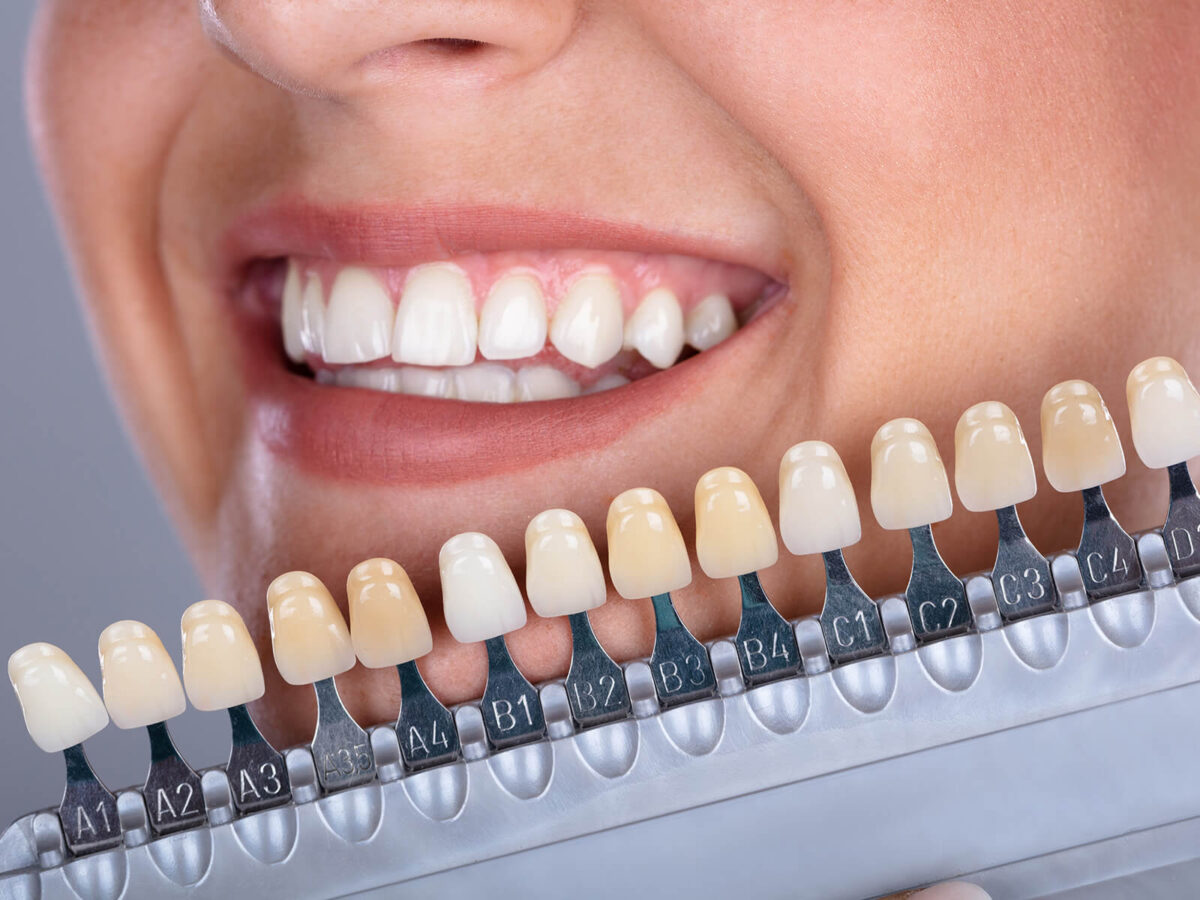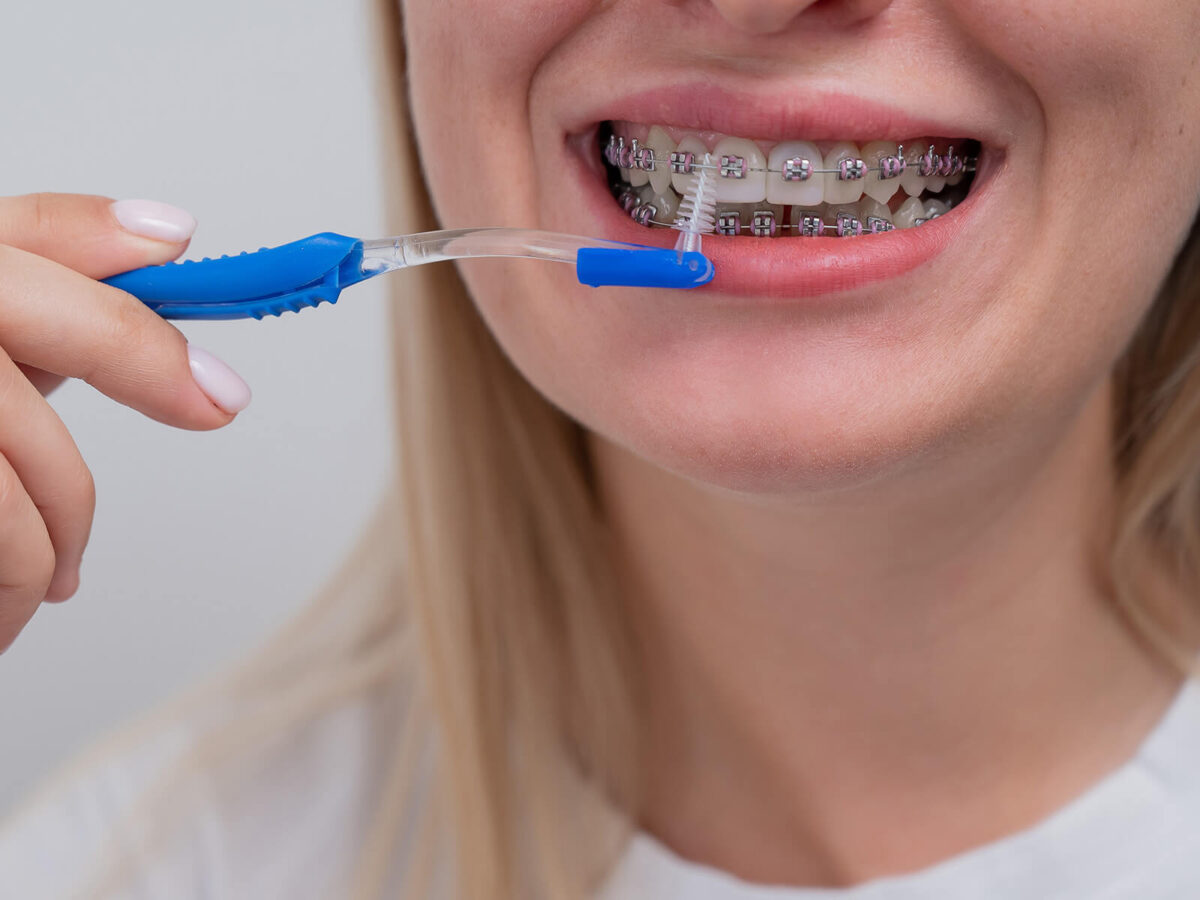Why do teeth go yellow? It is a common question, and knowing the cause is the first step to finding a solution. There are diverse reasons for discoloration of teeth, such as age, diet, oral hygiene, and certain drugs. As time passes, the outermost layer of teeth, called enamel, wears away, exposing underlying yellowish dentin. But can yellow teeth become white again? Of course! At Mathis Dental Office TX, we have specialized in treating patients with yellow teeth who need them whitened and propose various procedures for that purpose.
Causes of Yellow Teeth
Inadequate Oral Hygiene
By skipping daily toothbrushing and flossing, you encourage bacteria, plaque, and tartar to build up, giving your pearlies a new color—a yellowish hue. Regular dental cleaning visits to Mathis Dental Office TX help remove stains from your teeth, keeping them brighter.
Dietary Habits And Lifestyle
Particular types of foodstuffs like coffee, tea, red wine, and soda can stain teeth. Smoking is also another leading cause of staining of the teeth and a bloodshot appearance in some people. Consciously picking your food and quitting smoking will lead to less staining.
Age And Genetics
With aging comes natural discoloration of our whites due to hard coat thinness. Additionally, our genes aid in determining which shade our enamel is formed with and how thick it becomes. If you have relatives whose teeth discolor naturally, then you may be susceptible to that; however, solutions exist for this issue through whitening products.
Techniques for Yellow Teeth Whitening
Professional Tooth Whiting
The most effective way for white tooth results lies within professional bleaching treatments. A single visit to Mathis Dental Office TX could result in a great change in your smile color since the latest technology employed here has high-concentration blanching agents that cannot be found over the counter.
Home Bleaching Kits
Mathis Dental Office TX is offering custom-made at-home bleaching trays for people who would rather whiten their teeth by themselves. These kits come with a self-tray fitting system to make sure they fit your teeth well and professional strength lightening gel. This way, you can easily and at your leisure brighten your teeth.
Over-the-counter Whitening Products
Even though the best results are obtained through professional treatments, one may still consider using over-the-counter products which include whitening strips, toothpaste, or gels. However, these have low concentrations of whitening agents hence the process might not be as magnificent or lengthy as it is during a dentist’s treatment.
Whitening Teeth With Natural Substances
Baking Soda and Hydrogen Peroxide
A common homemade remedy to lighten yellow teeth involves using baking soda along with hydrogen peroxide. The use of this paste mixture helps in removing stains on teeth and brightening their color. Nonetheless, it should be utilized sparingly to prevent enamel damage.
Oil Pulling
Oil pulling is an ancient practice that involves swishing oil (like coconut oil) in your mouth for 15-20 minutes. Although no scientific evidence supports its use, some people claim that this procedure works well in cleansing away stains from their teeth, thus enhancing overall wellness.
Apple Cider Vinegar
Apple cider vinegar has natural whitening properties and can be used as a mouthwash too; notwithstanding because of its acidic nature it must be diluted with water before applying a little bit to avoid corroding up the enamel covering these dentitions.
Maintaining Your White Smile
Regular Dental Visits
It is important to keep your teeth white by ensuring that you frequently visit Mathis Dental Office, TX for dental check-ups and cleaning. Professional dental cleanings can take off superficial stains and prevent plaque buildup on teeth.
Proper Oral Hygiene
To hold a bright smile, brush your teeth twice daily using whitening toothpaste, floss them every day. Mouthwash also helps in taking off stains from your teeth and keeping your breath fresh.
Diet and Lifestyle Modifications
Limiting the intake of staining foods and beverages, and avoiding smoking, can help maintain the whiteness of your teeth. Drinking through a straw can also minimize contact with staining liquids.
In conclusion, yellow teeth can become white again with the right approach and teeth-whitening solutions. Whether you opt for professional treatments at Mathis Dental Office TX or choose at-home methods, there are plenty of options available to remove teeth stains and achieve a brighter smile. Regular dental visits, proper oral hygiene, and conscious lifestyle choices can also help maintain your white teeth. If you’re ready to transform your smile, contact Mathis Dental Office TX today to explore our yellow teeth whitening services and other dental solutions. Your journey to a whiter, more confident smile starts here!
Isn’t it time to embrace a brighter, more radiant smile? Why not schedule a consultation with us today and discover the best teeth-whitening solutions tailored for you?




